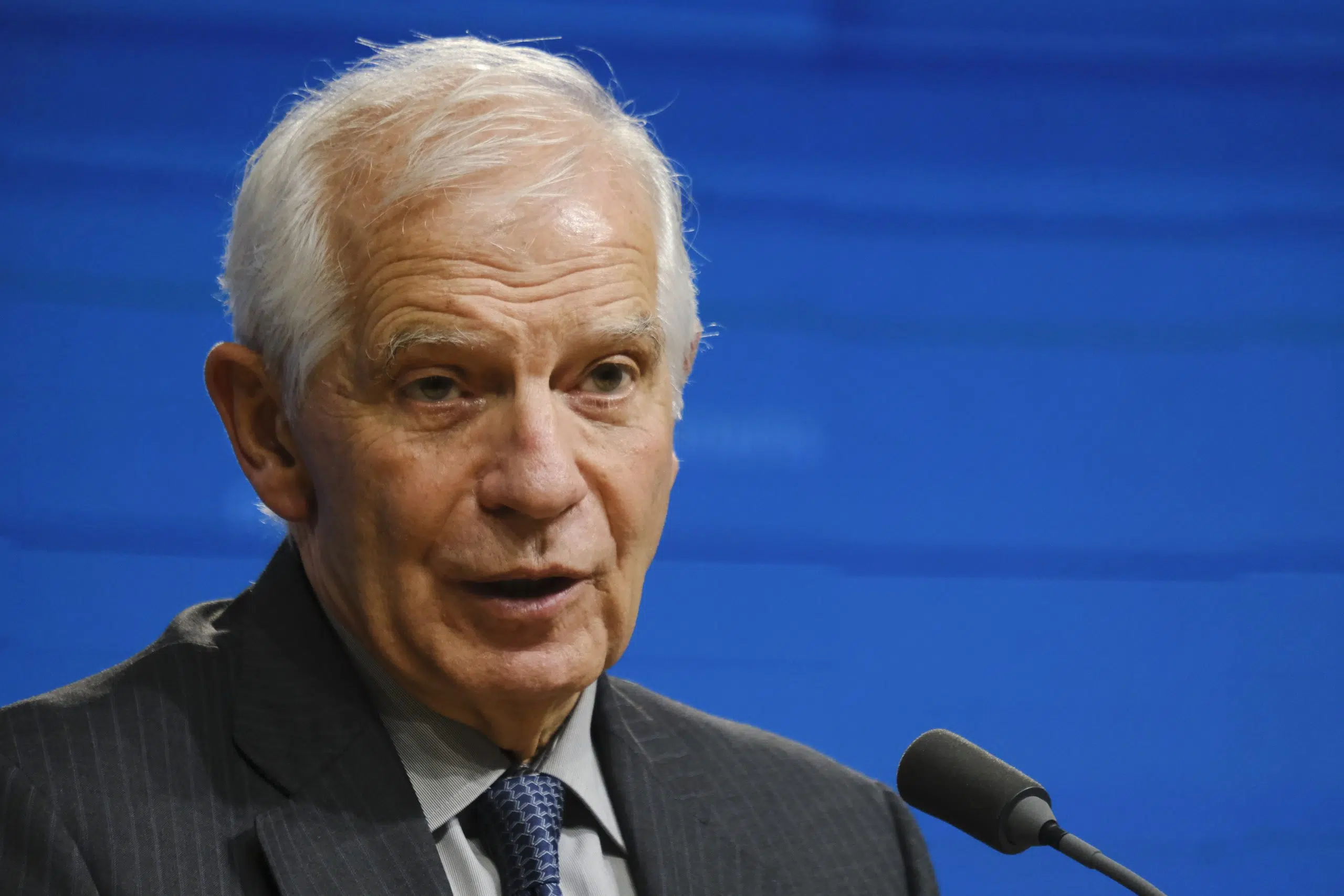Brussels – The EU revises downward its commitment to delivering one million munitions to Ukraine by March 2024. The High Representative for Foreign Affairs, Josep Borrell, after discussions with the defence ministers of the 27 countries, raises the white flag and announces that only 52 per cent of the promised artillery will arrive in Kyiv by the deadline.
On the agenda of today’s (Jan. 31) informal summit in Brussels, the first item was to take stock of support for Ukraine, which given the wavering of the U.S. ally—six billion still blocked by Congress—is more important than ever. Support that so far has never been lacking: since the start of the Russian invasion on February 24, 2022, the EU and member states have provided 28 billion in military assistance to Kyiv’s resistance. Today the head of European diplomacy asked EU ministers how much they will be able to commit by 2024: “I can say that we will have a budget of at least 21 billion for military support to Ukraine,” Borrell announced and, however, expects this figure to grow because some countries have not yet declared their estimates.

As Borrell pointed out, this would be a significant increase over the 28 billion in the previous two years. But the sore point concerns the delivery of the artillery that was supposed to support the Ukrainian counteroffensive in the territories occupied by Moscow’s army. To date, 330 thousand pieces have arrived in Kyiv, including artillery shells, 155 mm ammunition and missiles. It is proceeding slowly, suffice it to say that early in November the EU had already reached 300 thousand. In a parliamentary question on December 22, Borrell still claimed he could reach the one million ammunition bar by March 2024. But after today’s update and numbers in hand, he backed down: “By March I expect this figure (330,000, ed.) to increase by 200,000,” he said on the sidelines of the informal Council.
So the ceiling is lowered to 530,000, 52 per cent of the target. This will have to be achieved by relying almost only on the stocks already existing in member countries. The main problem in achieving the ASAP (Act in Support of Ammunition Production) remains European industrial capacity. On the one hand, the difficulties of the European war industry in increasing the pace of shell production, on the other, the rising prices of ammunition. But Borrell sees the glass as half-full: “Production capacity has increased by 40 per cent since the beginning of the war,” coming in at the rate of “almost one million munitions per year, but by the end of 2024 it will be 1.4 million.”
English version by the Translation Service of Withub


![Il commissario per l'Economia, Valdis Dombrovskis [Bruxelles, 22 maggio 2025]](https://www.eunews.it/wp-content/uploads/2025/05/dombro-bef-120x86.png)

